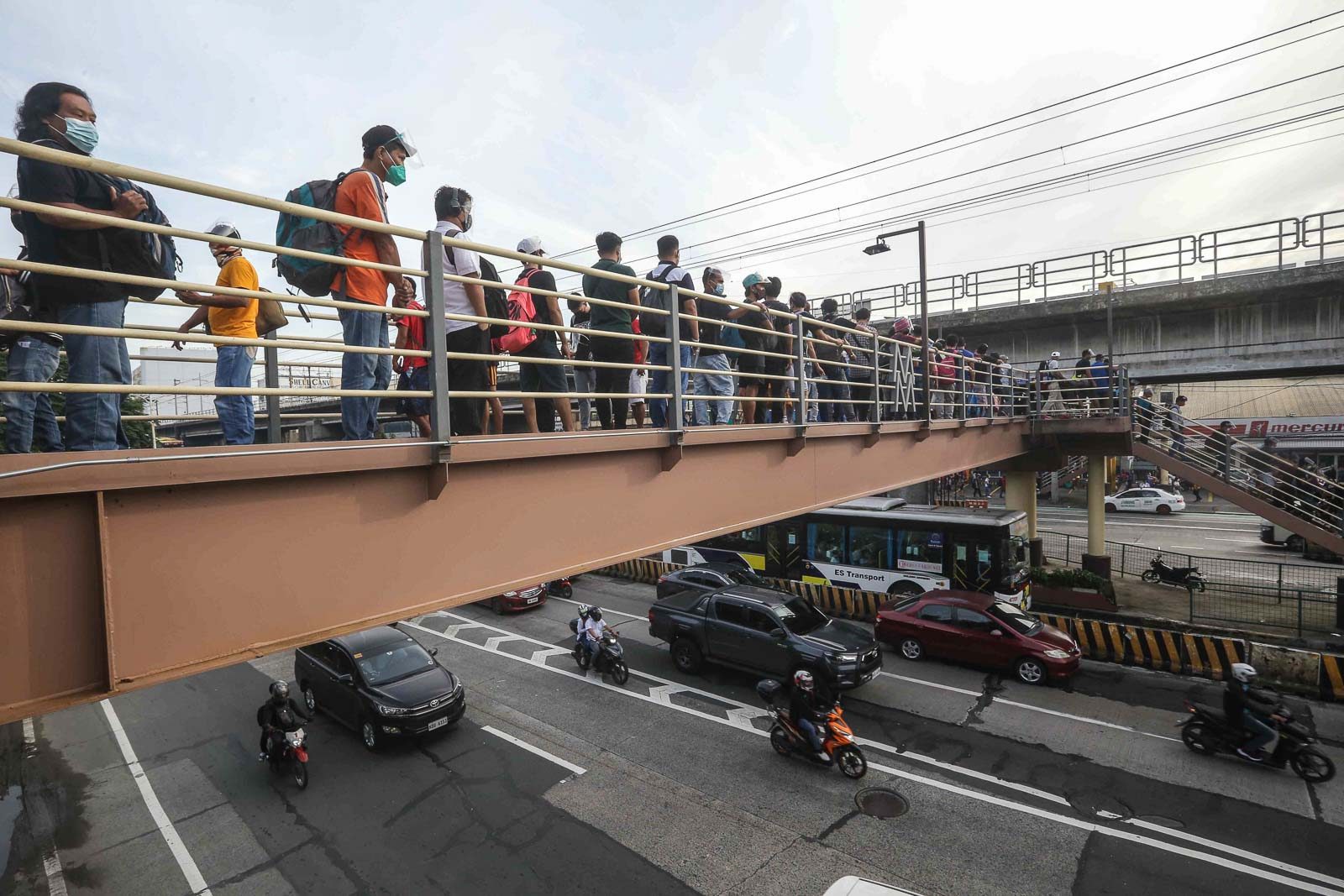SUMMARY
This is AI generated summarization, which may have errors. For context, always refer to the full article.


After nearly two years into the pandemic, virus epicenter Metro Manila is now at “minimal risk” for COVID-19, the Department of Health (DOH) said on Friday, December 10.
At a press briefing on Friday morning, Health Undersecretary Maria Rosario Vergeire said that the capital region has a negative two-week growth rate and average daily attack rate (ADAR) of 0.87 per 100,000 population.
An ADAR of less than one means that an area has minimal risk case classification. ADAR is the number of new cases in a city or province over a two-week period, divided by the population of the city or province.
“National Capital Region’s recent cases per day is already six times lower than July of 2021, which was 628 cases per day, and almost three times lower than the January 2021 of 288 reported cases per day,” Vergeire said.

Meanwhile, the Philippines also remains at minimal risk classification. “All major island groups and NCR Plus areas show flat case trend in recent week,” Vergeire said.
In terms of hospital admissions, the Philippines’ total COVID-19 beds capacity is at low risk, with only 20% utilization. Compared to July, current dedicated beds are higher by 1,153 (3%) and admissions are lower by 8,671 (54%)
In July, the country was on alert for the threat of the COVID-19 Delta variant, which fueled a fresh surge in infections across the globe.
Despite the continued decrease in cases, the DOH reminded the public not to be complacent and to continue following minimum health protocols, especially now that a more transmissible variant of COVID-19 called Omicron has been spreading quickly in African and European countries.
Philippine health officials said on November 29 that it was “highly likely” that Omicron would eventually make its way into the country just as all other variants of concern. – Rappler.com
Add a comment
How does this make you feel?
There are no comments yet. Add your comment to start the conversation.